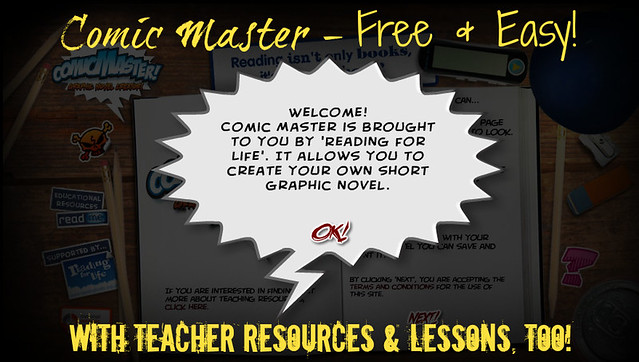Reflective Post
Every drop of knowledge is worth reflecting upon.
 |
| Photo Credit to mommamia on Flickr |
This semester in the EME 2040 course I have learned a great
deal about incorporating technology into the classroom and into a lesson plan
and curriculum. It is important for
teachers to be able to connect with their students in a way that engages them
and holds their attention, what better way than by using technology. This
course has challenged me and pushed me beyond my comfort zone but it has been a
good experience and has taught me many new and interesting things. This class has taught me to use technology to
enrich lessons and teaching techniques in the classroom. It has also given me first-hand experience
with software, programs and even gadgets that gave the class a better
understanding of available technologies that are available for use by student
and teachers. Another great lesson I
learned from this course is giving credit to those whose images I use, the
course introduces me to Flickr, Creative Commons and BibMe that help to give credit
to authors and owners of images and resources used. I also learned about the influence that
learning theorist have on teachers and teaching techniques and how to
incorporate these techniques into preparing a lesson. This course emphasized the importance of the
teaching standards and where and how to access these standards. This was an informative class which most
certainly kept me busy and challenged, but the one thing I would suggest to
improve this course would be for the professor to assign more group projects
earlier on in the semester to encourage a more collaborative environment among
the fellow students, I felt as if I didn’t really know my classmates until the
very end of the course. Besides that
this was an all-around great learning experience which has taught me not to be
afraid to make mistakes but rather learn from those mistakes and embrace the
technologies that are out there for me to discover.
References:
Maloy, R. W., Verock-O'Loughlin, R., Edwards, S. A., & Woolf, B. P. (2014). Transforming learning with new technologies (2nd ed.). Boston, MA: Pearson Education, Inc.





